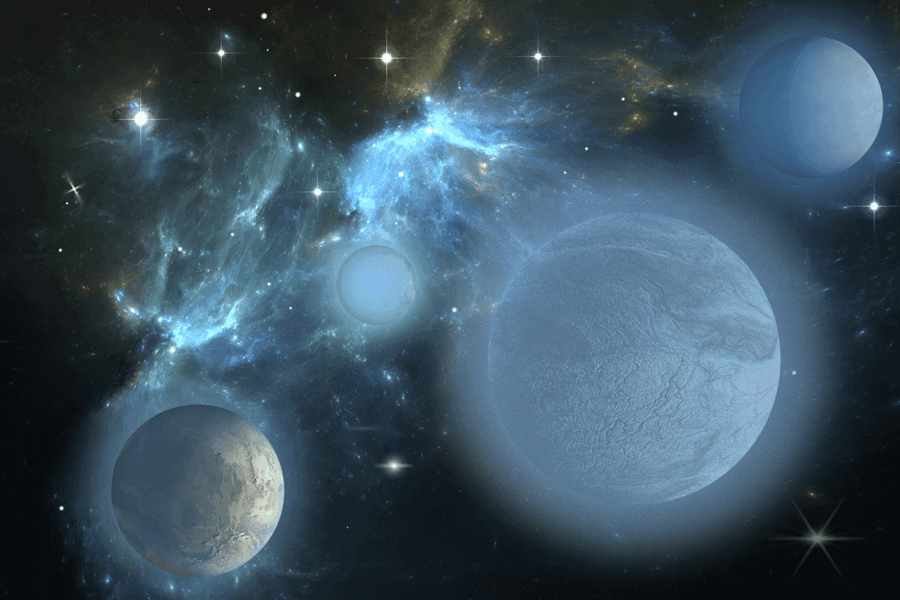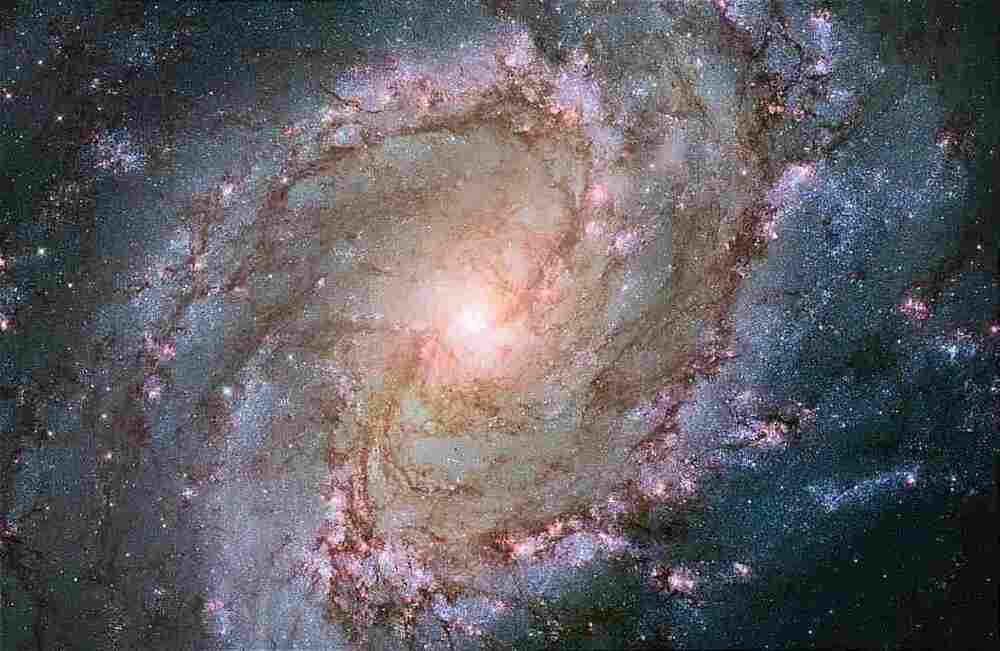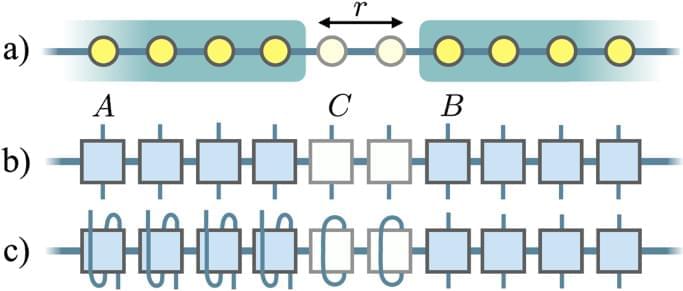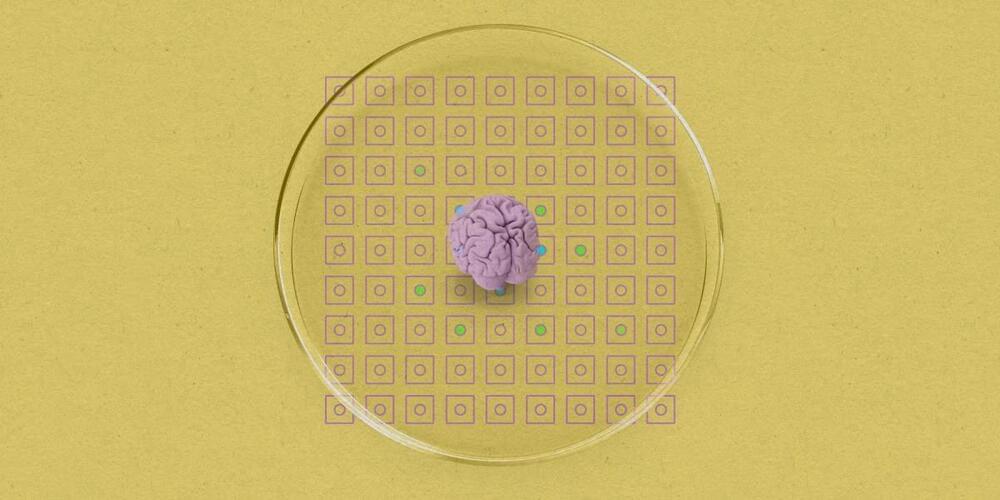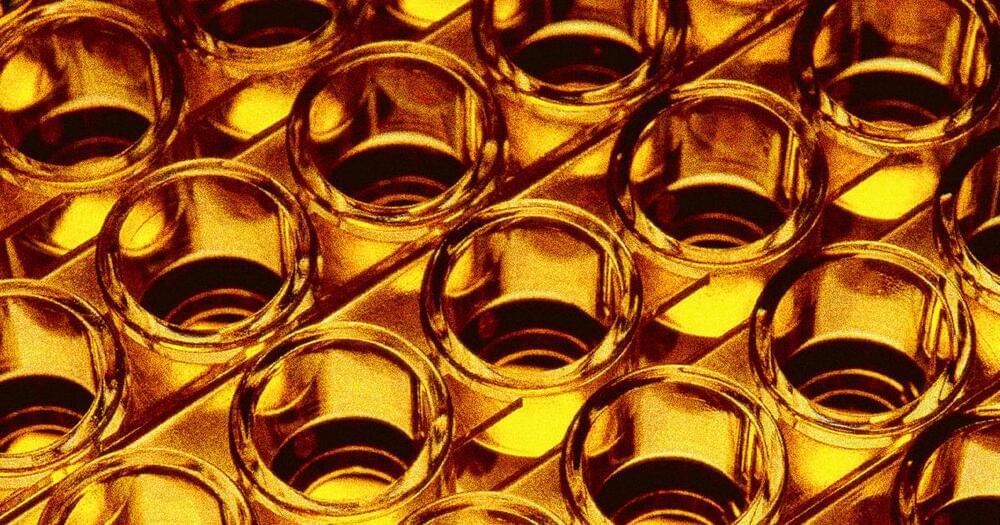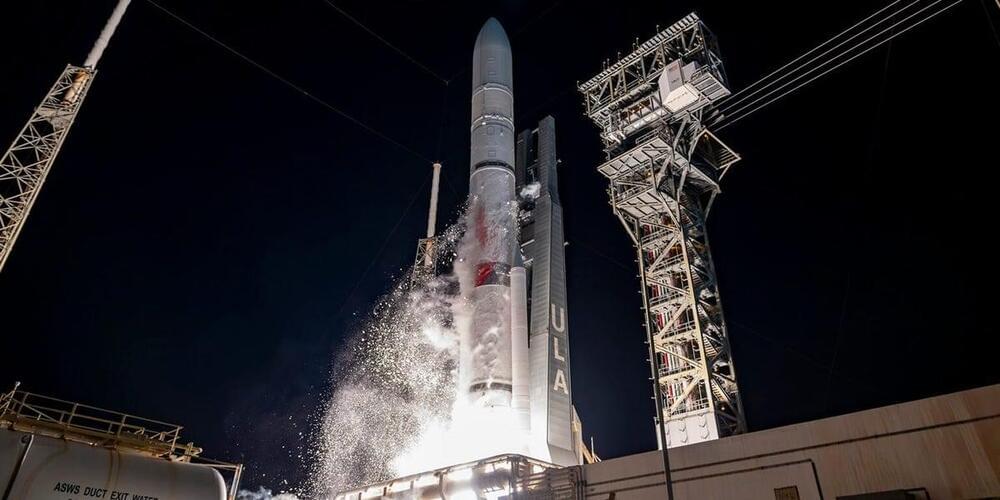Darwin applied the theory of evolution to life on earth, but not to other massively complex systems like planets, stars, atoms and minerals. Now, an interdisciplinary group of researchers has identified a missing aspect of that theory that applies to essentially everything.
Their paper, “On the roles of function and selection in evolving systems,” published Oct. 16 in the Proceedings of the National Academy of Sciences, describes “a missing law of nature” that recognizes for the first time an important norm within the natural world’s workings. The new law states that complex natural systems evolve to states of greater patterning, diversity and complexity.
“This was a true collaboration between scientists and philosophers to address one of the most profound mysteries of the cosmos: why do complex systems, including life, evolve toward greater functional information over time?” said co-author Jonathan Lunine, the David C. Duncan Professor in the Physical Sciences and chair of astronomy in the College of Arts and Sciences.

